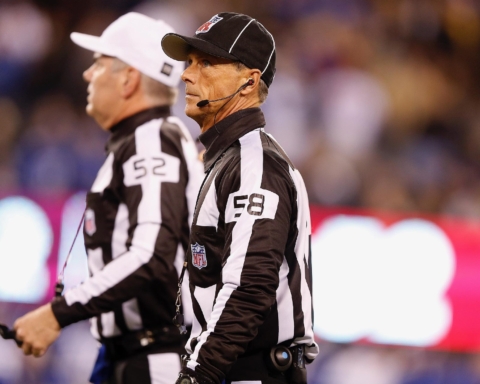By Alexandra Salerno
Advisory editor
A little boy, about six years old, sat behind me in the movie theater on Saturday night.
“I can’t see!” he exclaimed to the couple he was seated with.
There was nowhere else to sit. The theater was packed. The woman whispered to him he would see better once the bright lights were turned down.
Soon enough, the lights went dark, and “Prisoners” began.
In case you didn’t know, “Prisoners” is not a kids movie. It is an intense, two-hour long thriller about abducted children and a distraught father who decides to take matters into his own hands by mercilessly torturing the man he believes responsible.
And that’s just the beginning.
“Prisoners,” although masterfully written and shot, is wildly disturbing. The content, in terms of both story and visuals, should not allow for child viewers. “Prisoners” is rated R for restricted. This means in the theaters, anyone under age 17 requires an accompanying parent or guardian.
“Generally, it is not appropriate for parents to bring their young children with them to R-rated motion pictures,” the Motion Picture Association of America states.
But it’s still legal.
In fact, in the United States, adults may bring children to see any movie in theaters regardless of rating as long as they accompany them to the theaters. It’s great for those nights when you can’t find a babysitter.
The only exception is an NC-17 rating: no one 17 and under is admitted in the theater. However, chances are you haven’t seen an NC-17 playing in your local theater. They’re rarely played in the cinema and usually edited for an R rating.
The Classification and Rating Administration (CARA) in America is in need of a serious reevaluation. CARA is a voluntary ratings system aimed at giving parents information they need in deciding whether a movie is appropriate for their family.
However, CARA’s so-called “useful advice” about the appropriateness of a movie does not deter all parents from dragging an unsuspecting child to the theater for a few fun-filled hours of watching horrific torture. I guess some parents believe it won’t emotionally damage a child to watch Hugh Jackman (spoiler alert) put a man inside a wooden box without food or light and torture him for days with alternating showers of scalding hot and frozen water.
If the system were reevaluated, the U.S. would not be the only country to ban certain ages from watching a movie in the theaters. In the United Kingdom, the British Board of Film Classification (BBFC) offers six ratings in comparison to CARA’s scope of four. BBFC ratings include 12A: anyone aged 12 or over can go and see the film unaccompanied; 15: no one under 15 is allowed to see a 15 film at the movie theater or buy/rent a ‘15’ rated DVD; and 18: no one under 18 is allowed to see an 18 film at the movie theater or buy/rent an ‘18.’
The U.S. ratings system must save children from neglectful parents who don’t bother worrying about possibly scarring a child for life. My dad recalls seeing “The Exorcist” when he was 15 years old, and it still haunts him to this day. It’s easy to laugh about the story now that my dad is a grown man, but I worry about the little guy sat behind me in the theater on Saturday. He watched two little girls his own age get abducted and held captive while they were simply playing in their neighborhood.
The realism of “Prisoners” doesn’t leave room for the “monsters aren’t real” or the “there’s no such thing as ghosts” lines.
Missing children is a sad reality, just like most topics dealt with in rated R movies played in theaters around the nation. A reevaluation of our rating system can stop kids from being scarred by adult content at the movie theater and make sure they only view those movies when they’re emotionally ready.





